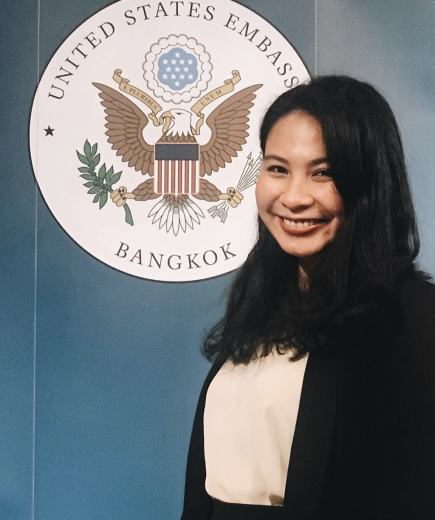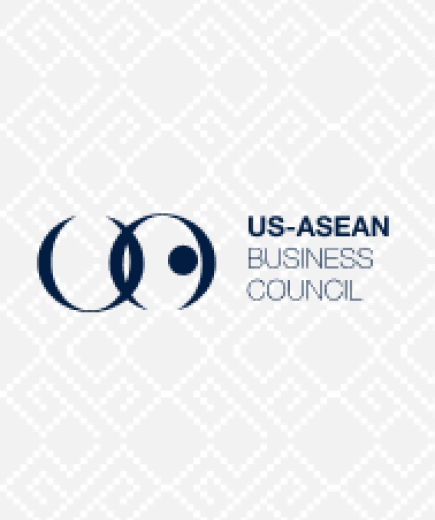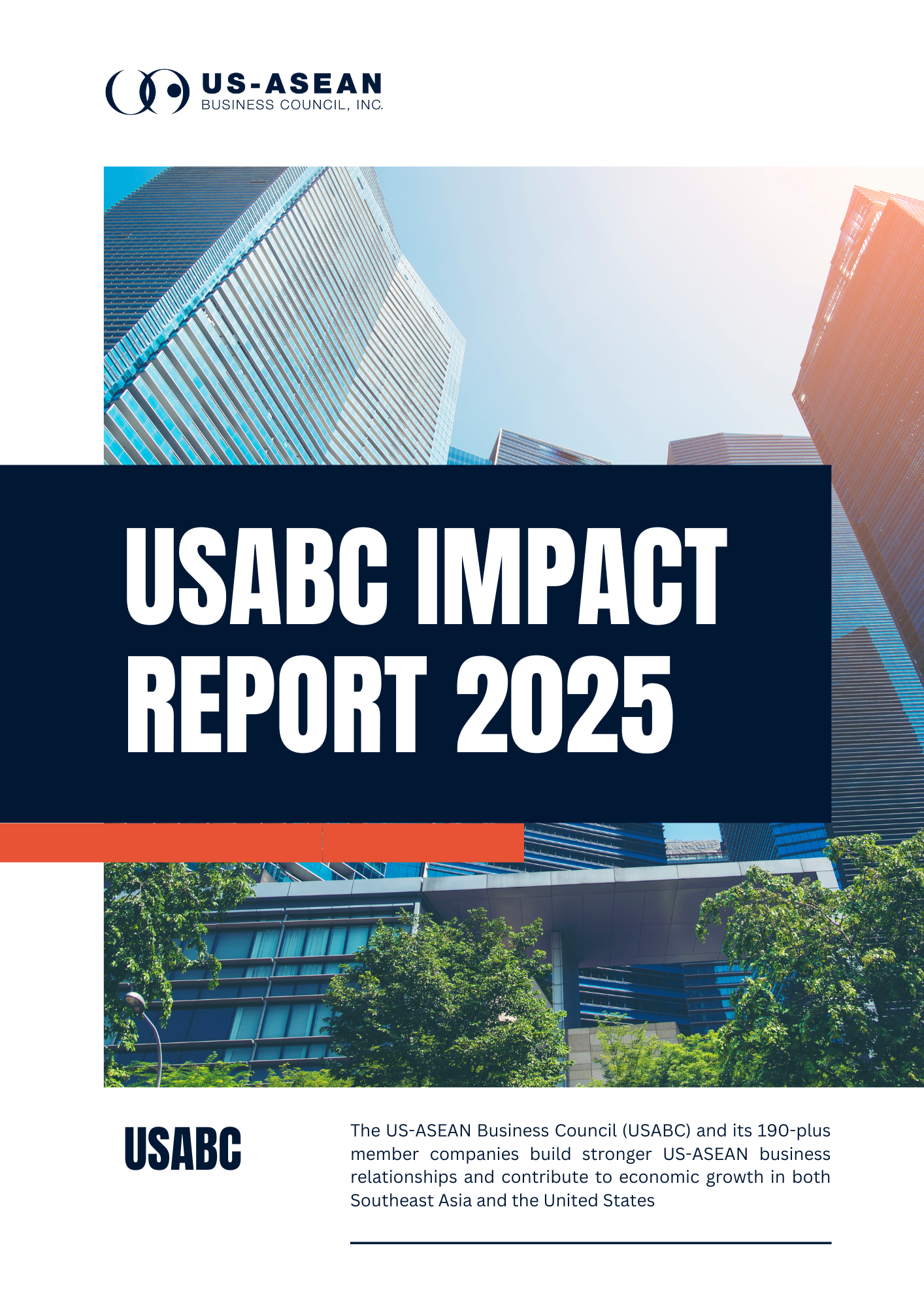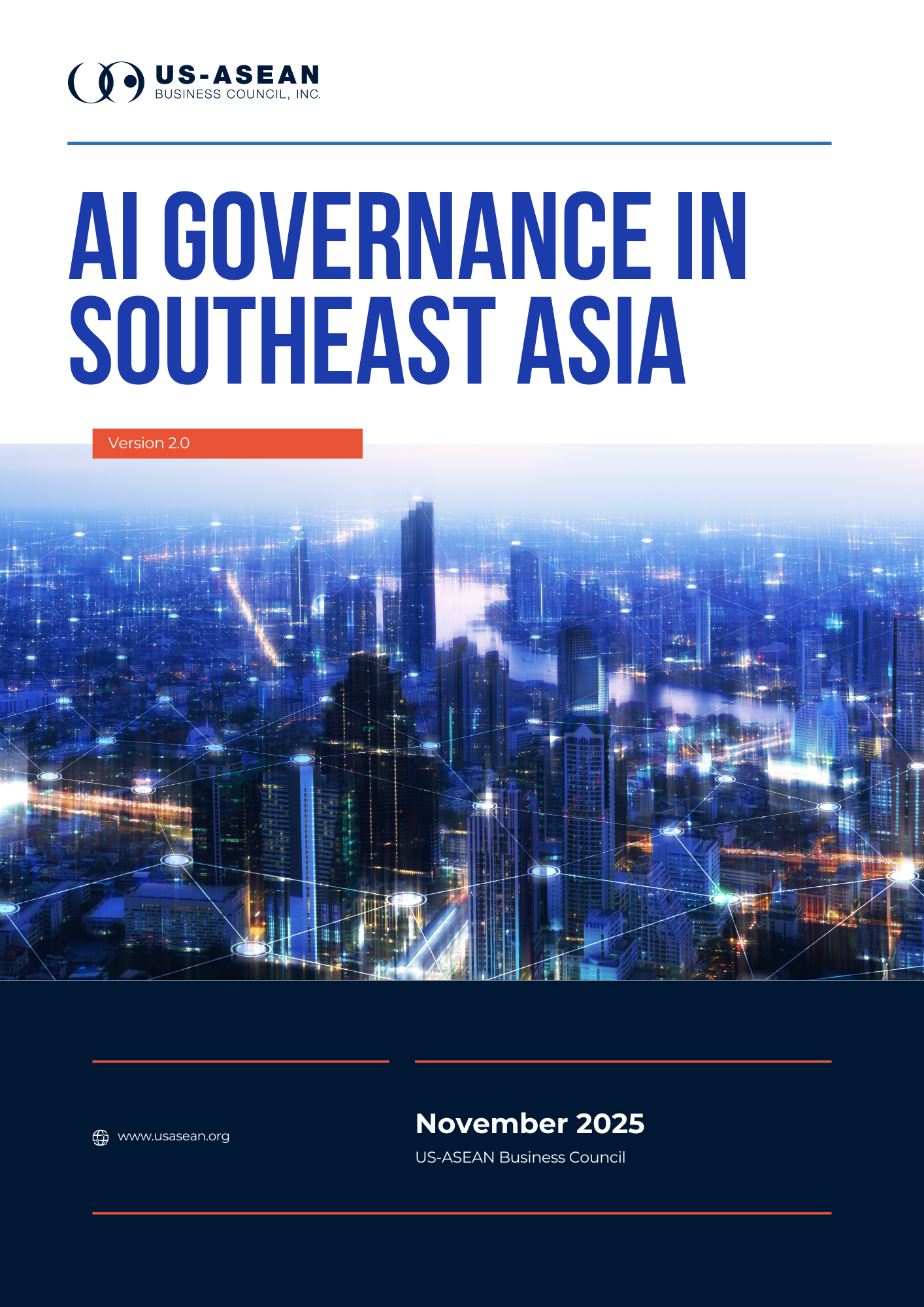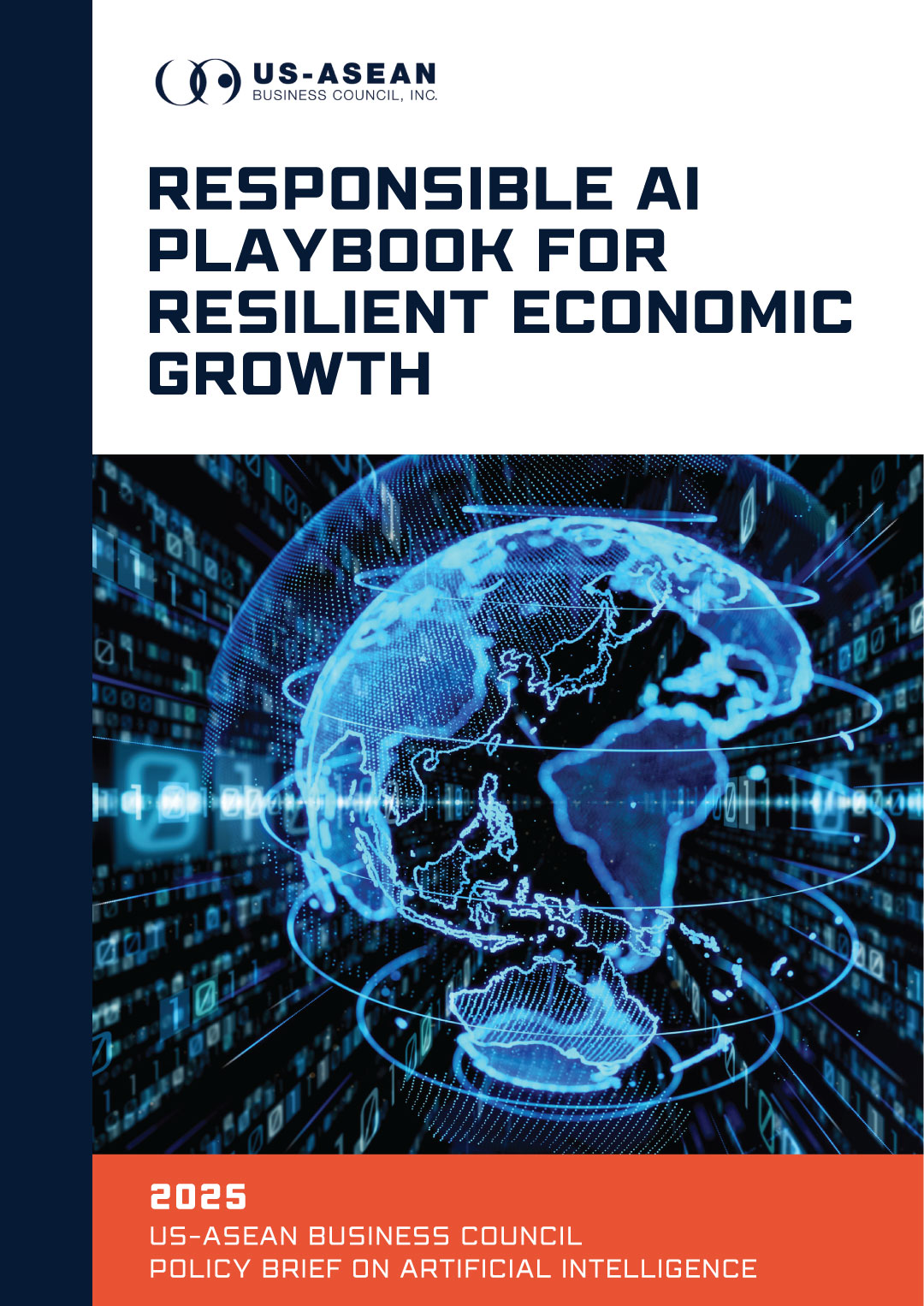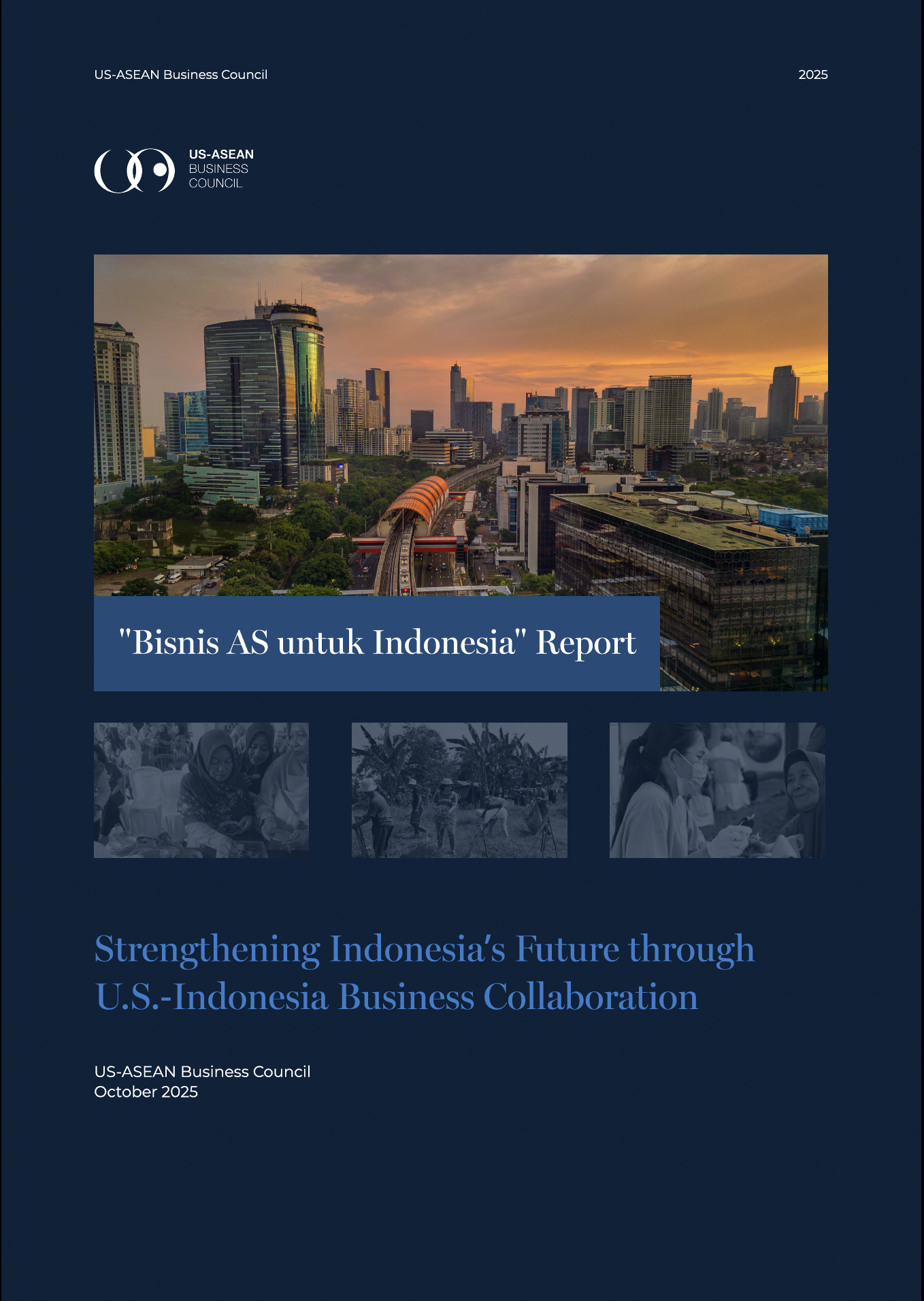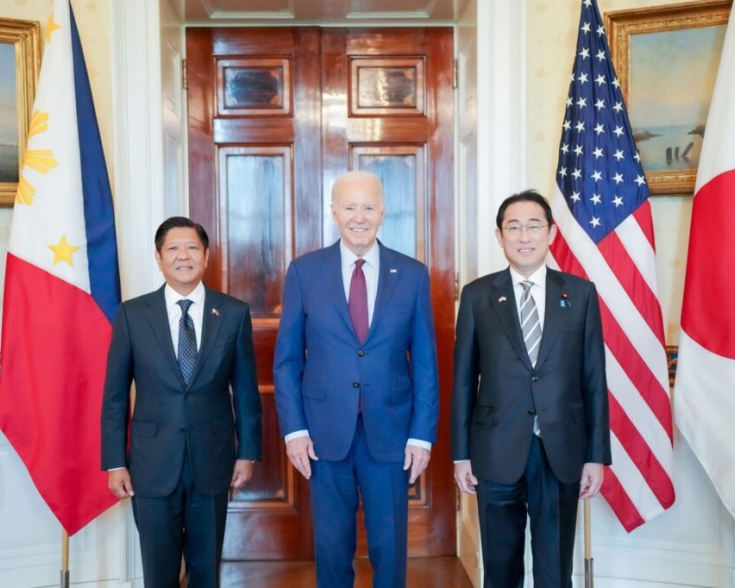Trump’s Latest Executive Order and Ongoing Tariff Policies Disrupt Global Healthcare Markets
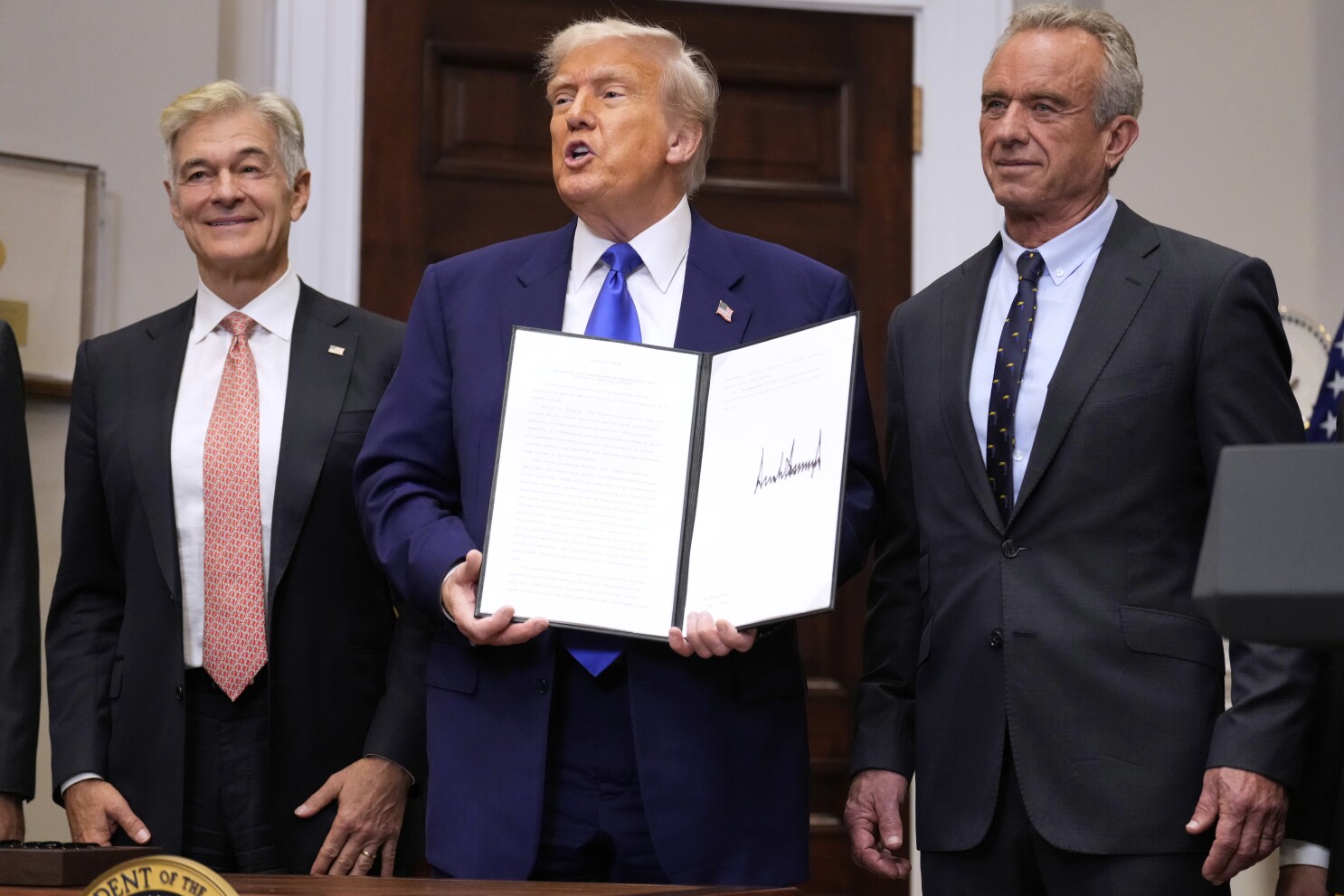
On Monday, May 12, President Trump signed a wide-reaching executive order with the stated goal of putting American patients first by slashing U.S. drug prices to levels comparable with those in other developed nations. The move has intensified uncertainty across the global healthcare sector. Combined with his ongoing tariffs on medical devices and protective equipment, the new order is poised to add further financial and regulatory pressure on hospitals, manufacturers, and suppliers worldwide.
Citing that the U.S. pays up to three times more for prescription drugs than other countries, the order entitled the "Most-Favored-Nation" pricing policy gives pharmaceutical companies 30 days to meet newly set price targets aligned with international benchmarks. The plan aims to reduce drug costs by as much as 90%. The executive order outlines a range of measures designed to curb high drug prices.
The U.S. Trade Representative and Department of Commerce are also instructed to address "unreasonable and discriminatory policies" that allegedly lower drug prices abroad to below fair market value, and by removing such policies, the order would enable drug prices in other developed economies to rise. Additionally, the Secretary of Health and Human Services is tasked with implementing direct-to-consumer drug sales, bypassing the health insurance systems to deliver lower prices.
Meanwhile, Trump’s broader tariff policies continue to affect medical devices and protective equipment, so is expected to raise costs and add layers of complication for U.S. hospitals, healthcare providers, and, ultimately, patients. The American Hospital Association reported that most healthcare experts anticipate tariff-driven hospital cost increases of at least 15%, prompting administrators to delay equipment upgrades. Meanwhile, major device manufacturers and MedTech companies are already forecasting significant financial impacts, and concerns over supply chain disruptions are growing.
For Southeast Asian countries - particularly Malaysia, Thailand, and the Philippines, which are emerging hubs for medical device manufacturing - this environment presents both opportunities and risks. As multinational firms seek to shift supply chains away from China to mitigate tariff exposure, Southeast Asia could see increased investment in its MedTech sectors. Countries with strong manufacturing bases and favorable trade agreements will be well-positioned to attract American and global companies seeking to relocate.
While Trump’s tariffs may open new doors for Southeast Asia’s medical device manufacturing, firms are preparing for slower U.S. demand and heightened competition. Cost pressures and uncertainty in the U.S. market could slow purchasing and procurement, impacting on U.S. buyers. Hospitals and health systems operating under fixed-price insurance contracts may delay new purchases or seek cheaper alternatives, challenging Southeast Asian suppliers to balance pricing competitiveness with quality assurance. Strategic investment, supply chain diversification, and maintaining high standards will be key to capitalizing on these evolving dynamics.
The US-ASEAN Business Council is continuously monitoring the developments in U.S. trade policies and ASEAN governments’ strategic responses. Please click here to learn more about the Council’s special project, the U.S. Tariffs and Trade Working Group (TTWG).


